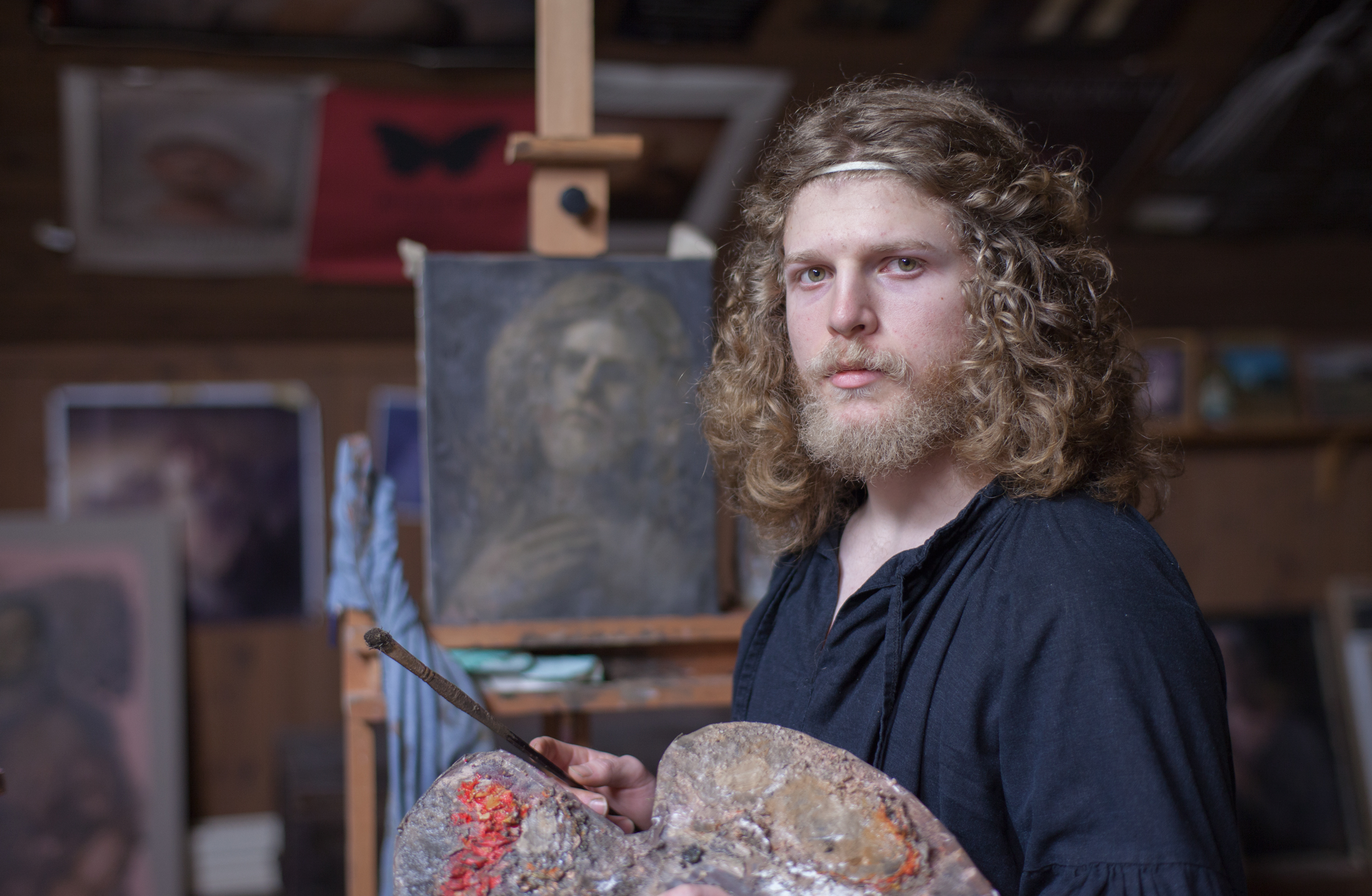In my adolescence I was taught about great Artists from Leonardo and Rembrandt – to modernists with conceptual art and installations. It is quite obvious, even to a child, that the old masters have different works and intentions than conceptual artists. I was told this was because the painters of the Renaissance did not have cameras. However, this did not explain one important aspect of painting which struck my attention: storytelling. Like most people, I did not search to understand how such polarized works could be put into the same category.
The first time it was clear to me that this was not just a trend, but an underlying philosophy at work, was while prospecting art academies. Art school was what I expected; praising self expression, originality, spiritual truth behind the work, etc. etc. However, while touring an academy in the USA, acclaimed for its rigorous training and lineage to the old masters, one of the instructors told me ‘first you have to learn the rules, then you can learn to break them!’ At the end of my stay she said I would have the foundations on which I could find my own style. This was troubling. They did not have competitions and completely lacked narrative and purpose in their paintings. In fact, every academy I researched was just as infected by the ideals of art.
After a couple of months however, my mentor told me about an old master style workshop he was going to study at: the Nerdrum studio. It immediately resonated with me because it was the only place in the world that combines painting and philosophy. It was a truly grand discovery and I later became engaged in the philosophy of Aristotle, Kant, Hegel, and Odd Nerdrum per the recommendation of my mentor: Jeremy Caniglia. Nerdrum wrote about the principles of two opposing value systems that have existed for more than a millennia. Furthermore, he explained why he called his paintings ‘Kitsch’ and the parallels to the Greco Roman value system. I became more fully aware of my values and the necessity of having my title in line with them.
My goal is to make a timeless masterpiece, and kitsch is the value system that has this goal at its head. The dogmas of kitsch are, in contrast to Art, clear, objective, and have an observable purpose. I knew that if I called myself an artist I would be grouped into the same degrading category as mediocre modernists. Many people are unaware of the term, but by calling my paintings kitsch I am able to bring the presumptions made about them and my intentions more close. Gallerists and collectors have different expectations for my paintings since they are not Art. Rather than being crushed like many figurative artists who comply with the demands of Art, I decided to learn the underlying values and take a strong stance. I am a kitsch painter.
